Ancient Cities of Turkey - Building to Last
![]()
In the early times, from perhaps 5000 BC, seafaring traders who braved the waves and storms of the Aegean, Adriatic and Mediterranean seas needed ports along the west facing coast of what is now Turkey. These ports grew into commercial centers for import and export of goods; the produce of the countryside was loaded into the ships and transported to buyers in other far away cities while goods from other places were brought in exchange. This early "globalization" enabled the port cities to create economic vitality and wealth in those long ago times.
The Aegean cities of Pergamon and Ephesus, and the Ionian League cities of Priene, Miletus and Didyma developed and thrived. Along the Mediterranean coast, the Lycian Empire flourished until the conquests of the Persians, Macedonians, Greeks and Romans. The cities of Xanthos and Perge contain the architectural features of all.
In the heart of Turkey, special resources - high quality marble and healing hot springs - stimulated development of Aphrodisias and Hierapolis.
During journeys in 2010 and 2013, we visited these ancient cities, strolling the ancient streets and boulevards; sitting as we were spectators in the theatres and stadiums; imagining ourselves as pilgrims to the temples; visiting the houses, agoras and administrative buildings; and examining the engineering for the water systems. We share these images, hoping to give you a sense of these places and the people who designed, planned and built these cities to last through the ages.
Aegean Cities
The high plateau above the river offered a strategic location for a great city. Click here to view our earlier story.
A thriving port until the harbor silted in. The library, temples, and theatre connected by the marble road remain to substantiate the high level of civilization of the Greeks and Romans. We offer a few new photos below or click here to view our earlier story
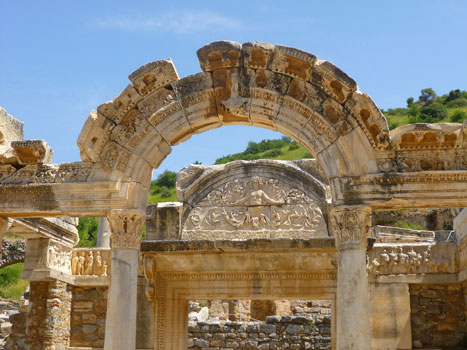
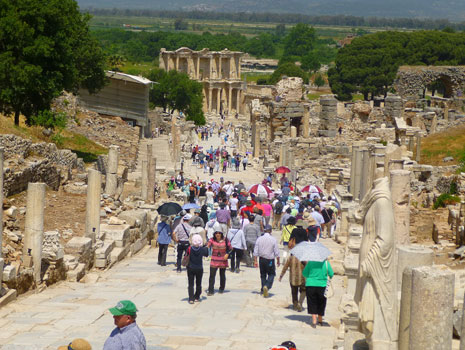
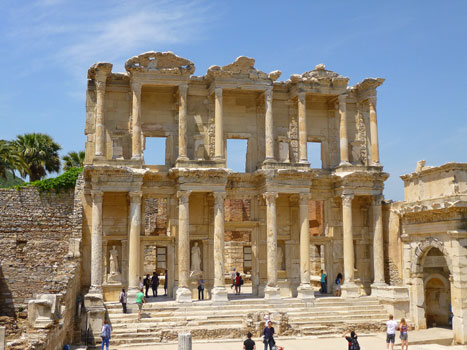
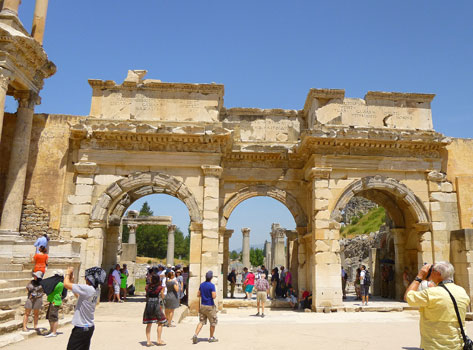
This small city was rebuilt about 350 BCE on the slopes of Mycale, with the support of Alexander the Great. It would be a deep water port until the silt of the Meander River changed the landscape.
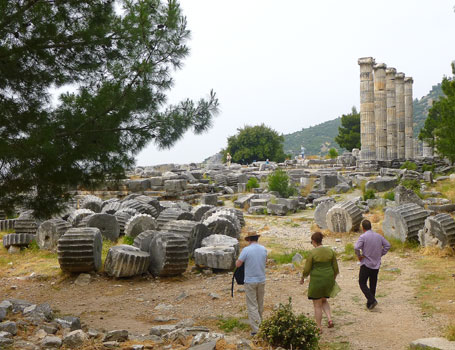
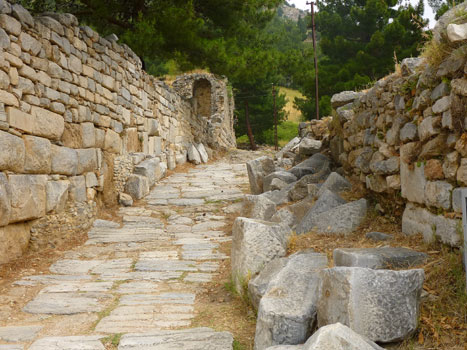
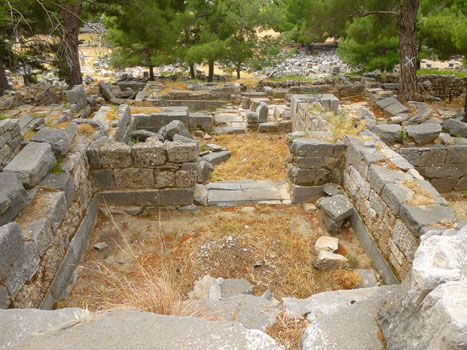
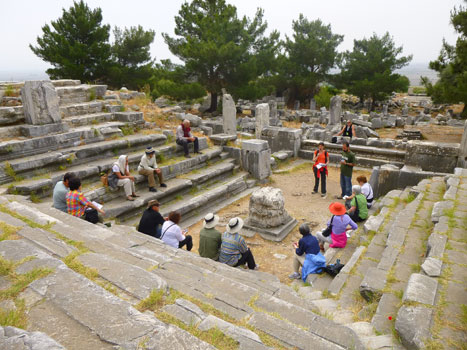
The greatest and wealthiest Greek city on this coast; scientists, architects and philosophers gathered here as well. But the flows of the Meander River silted in the harbor here, too. The grand theatre and the baths are all that remain.
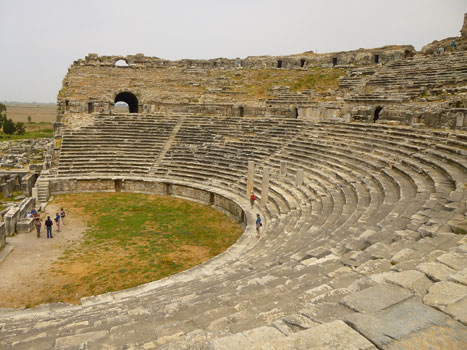
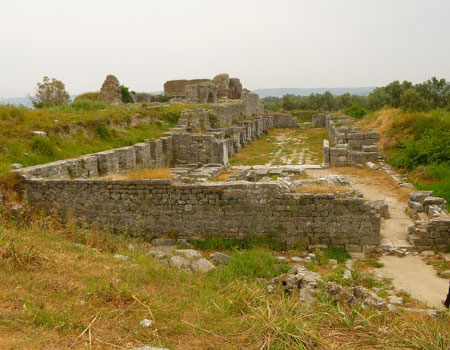
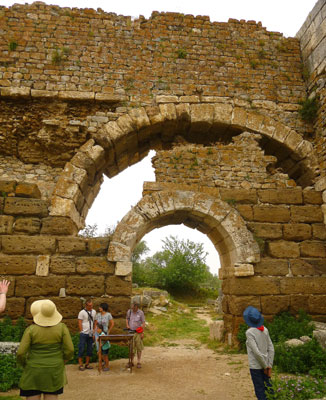
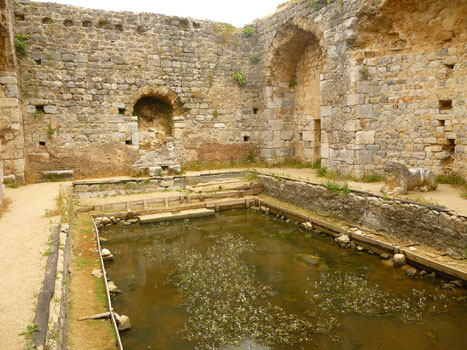
The greatest oracles, second only to the one a Delphi, offered forecasts to pilgrims who came to seek advice.
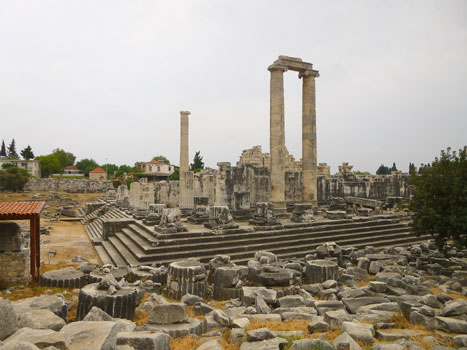
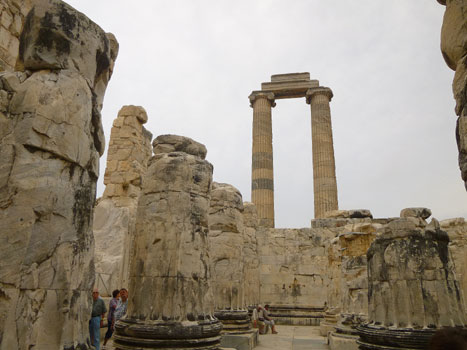
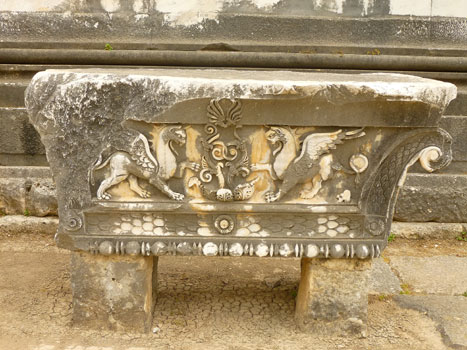
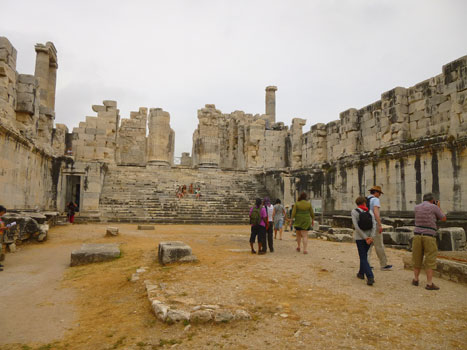
Lycian Cities
The largest Lycian city, it was conquered by the Persians, Macedonians, and Romans. Two tombs dominate the site while the theatre, marble road, and agora offer views into the life of this city. Of interest were the remnants of the water pipes that supplied the city and a large rectangular stele incribed in two languages, Lycian and Greek, important for scholars studying the Lycian people.
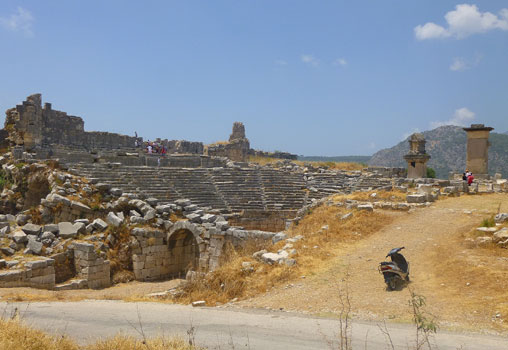
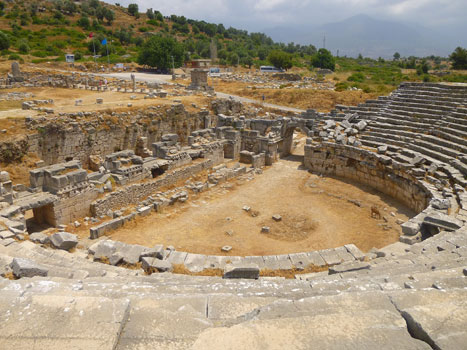
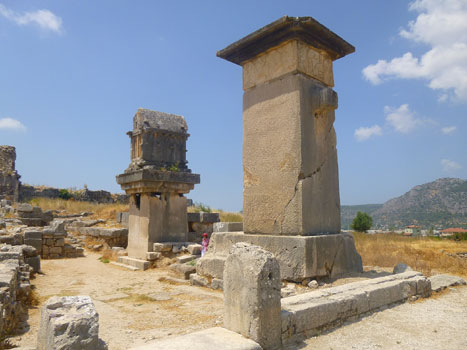
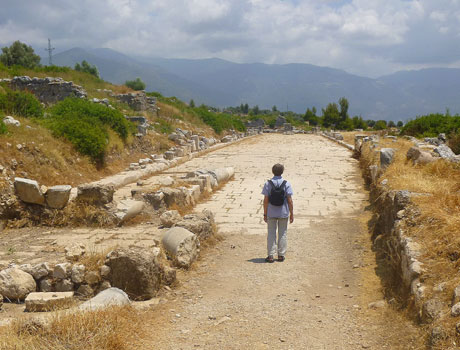
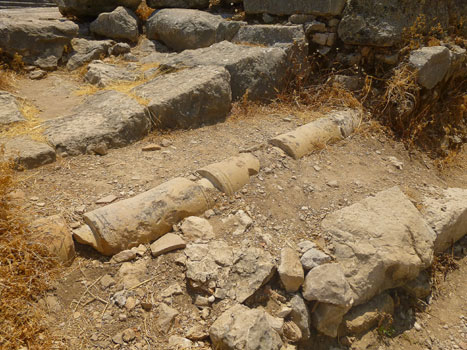
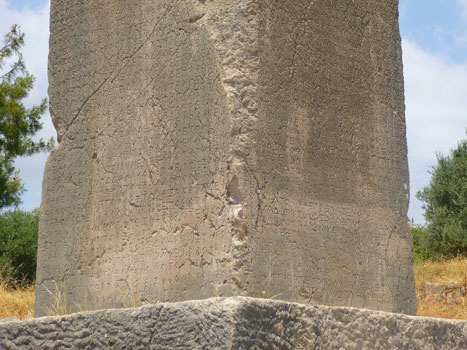
The Nereid Temple dominated the site until is was removed to the British Museum in London by Charles Fellows in 1842.
Click here to see our pictures.
A large bath invited new arrivals to clean themselves before entering the city. Then one passes through the gate between round towers. A long boulevard with a central water channel, lined with columns and ending with a fountain stretches ahead. Clearly this was an important city.
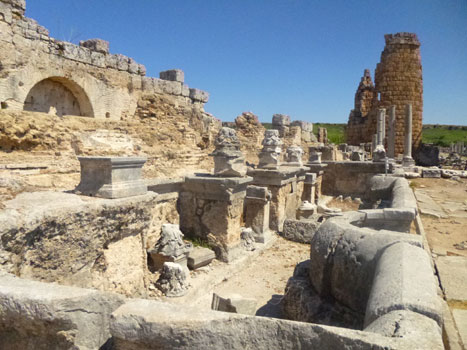
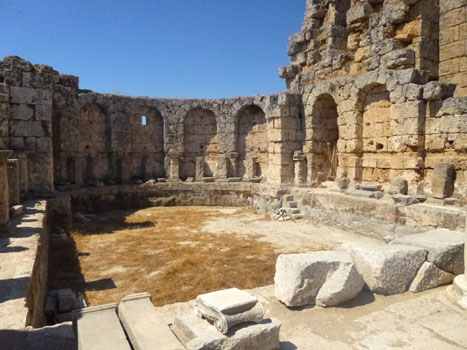
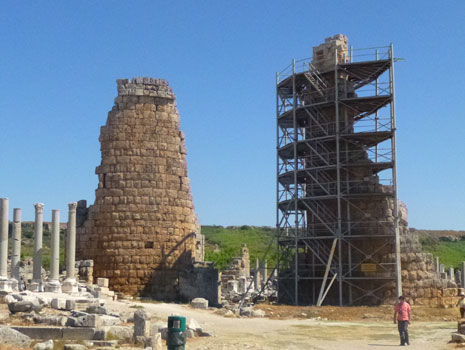
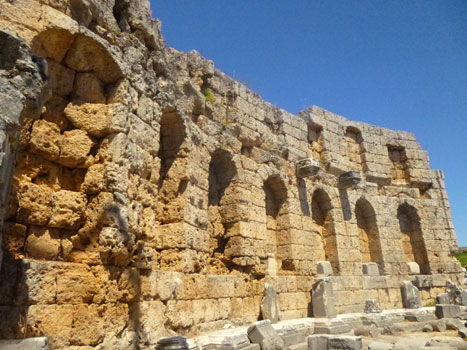
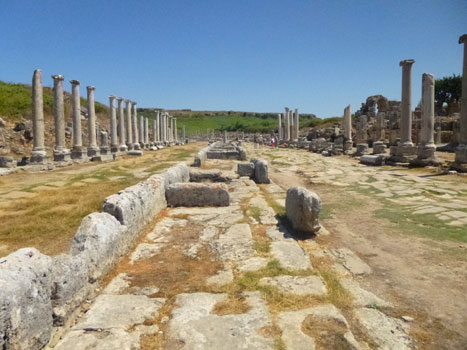
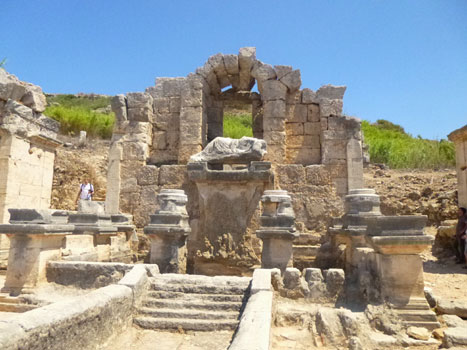
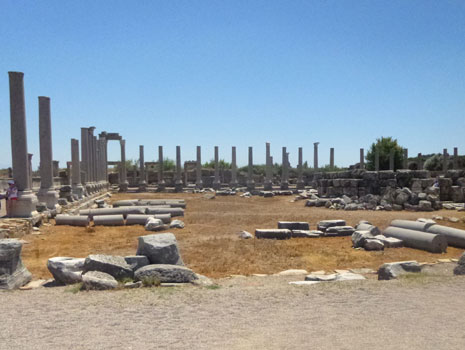
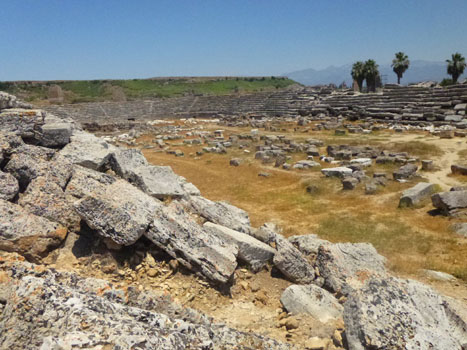
Heart of Turkey
The nearby source of excellent quality marble made this the chosen location for a school for sculptors. Their work adorned the sides of sarcophagi and many panels with friezes of heroes and gods, and prominent locations as far away as Rome.
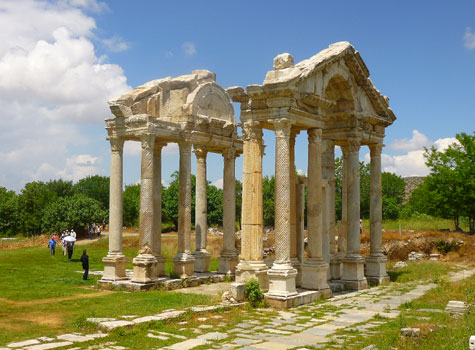
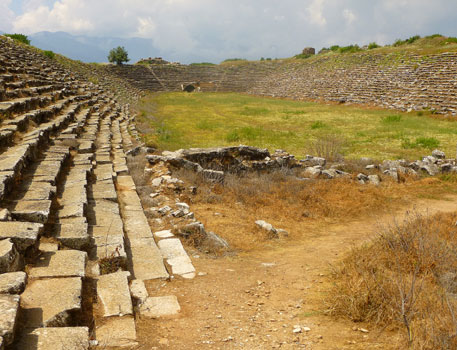
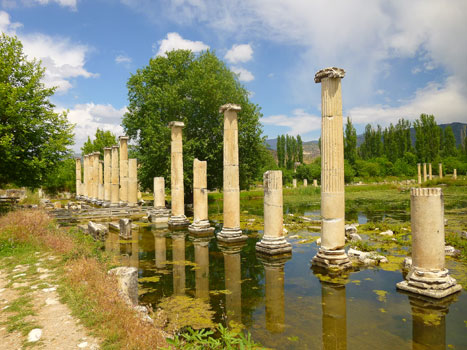
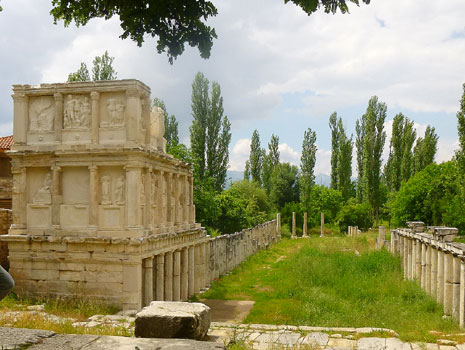
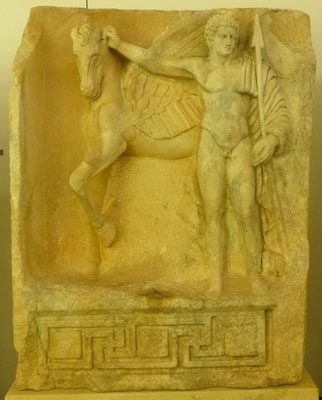
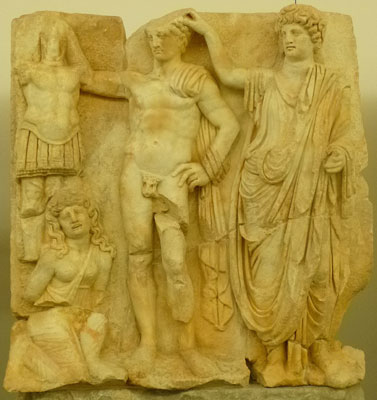
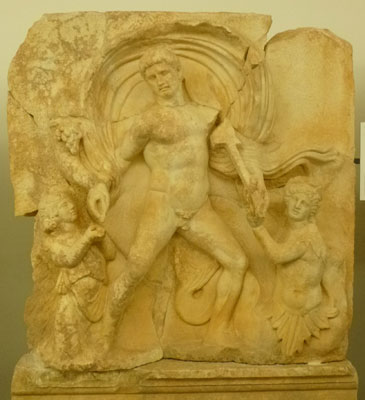
Taking advantage of the thermal springs, this city offered visitors a spa with baths and pools above the bright white deposits of travertine on the hillside below it. A great city prospered around these springs, with a great theatre offering cultural performances, while the nearby necropolis testified to the many patients who died there.
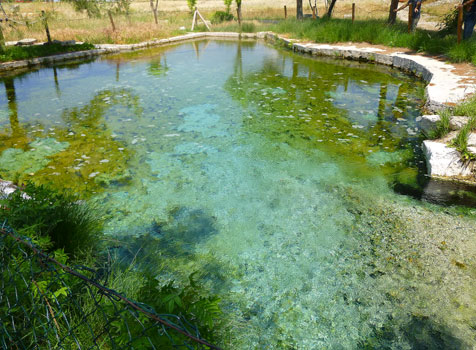
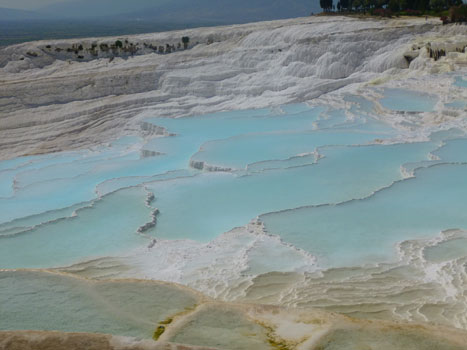
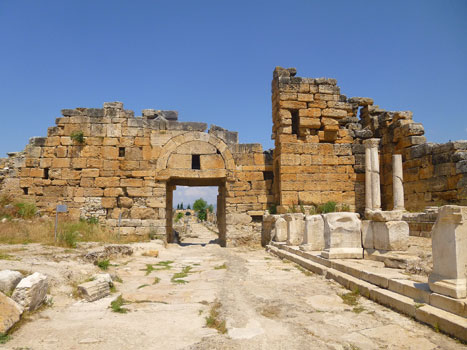
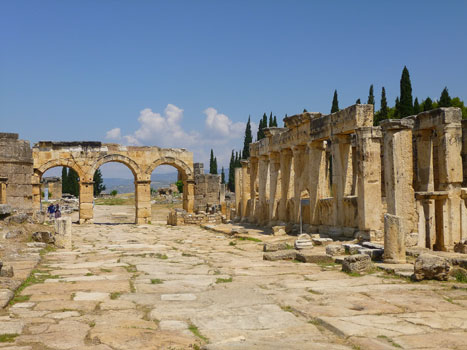

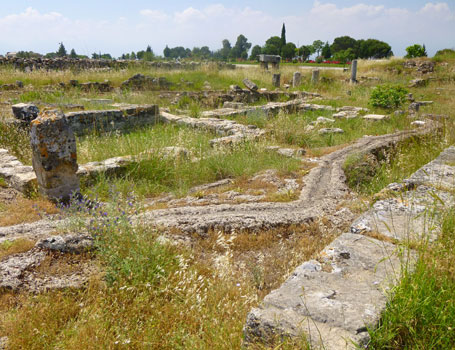
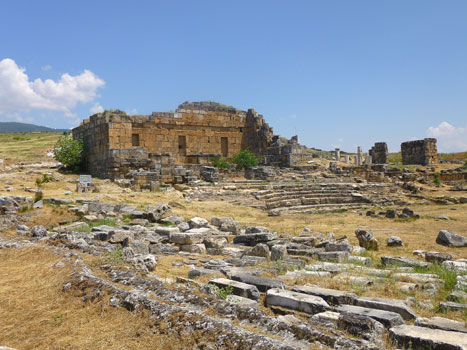
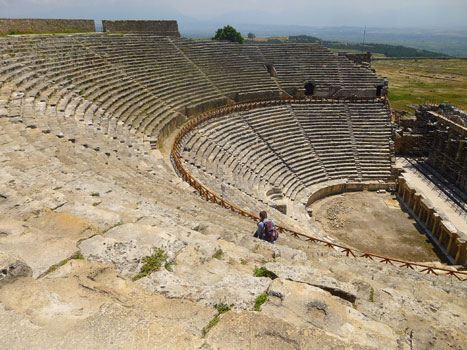
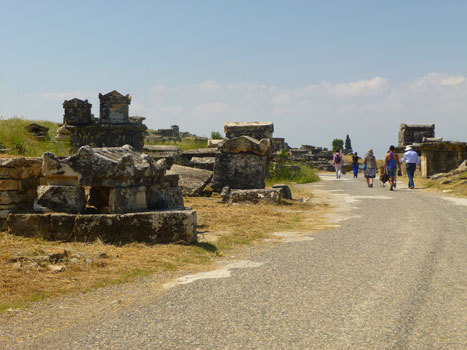
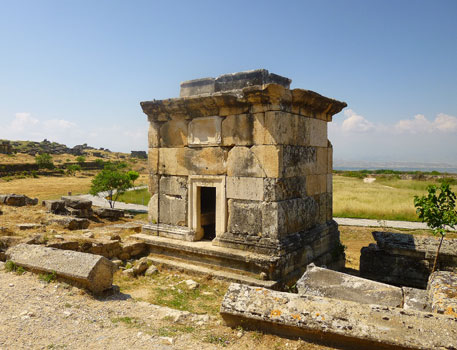
Click here to go to our 'Turkey 2013 - Perfect for Spring and Early Summer' page.
Click here to return to our 'Searching the World for People Friendly Cities' page.
![]()